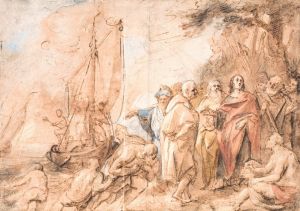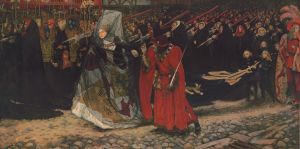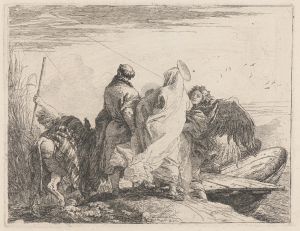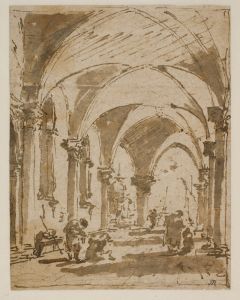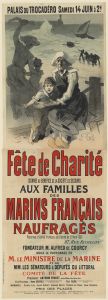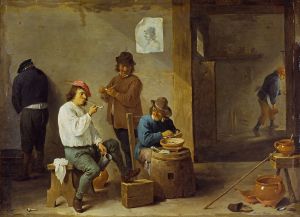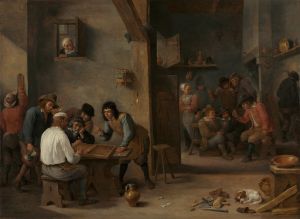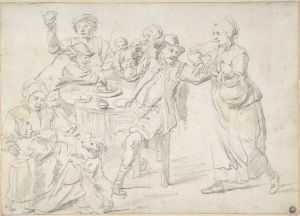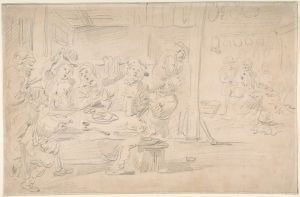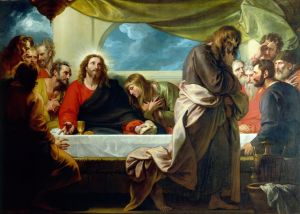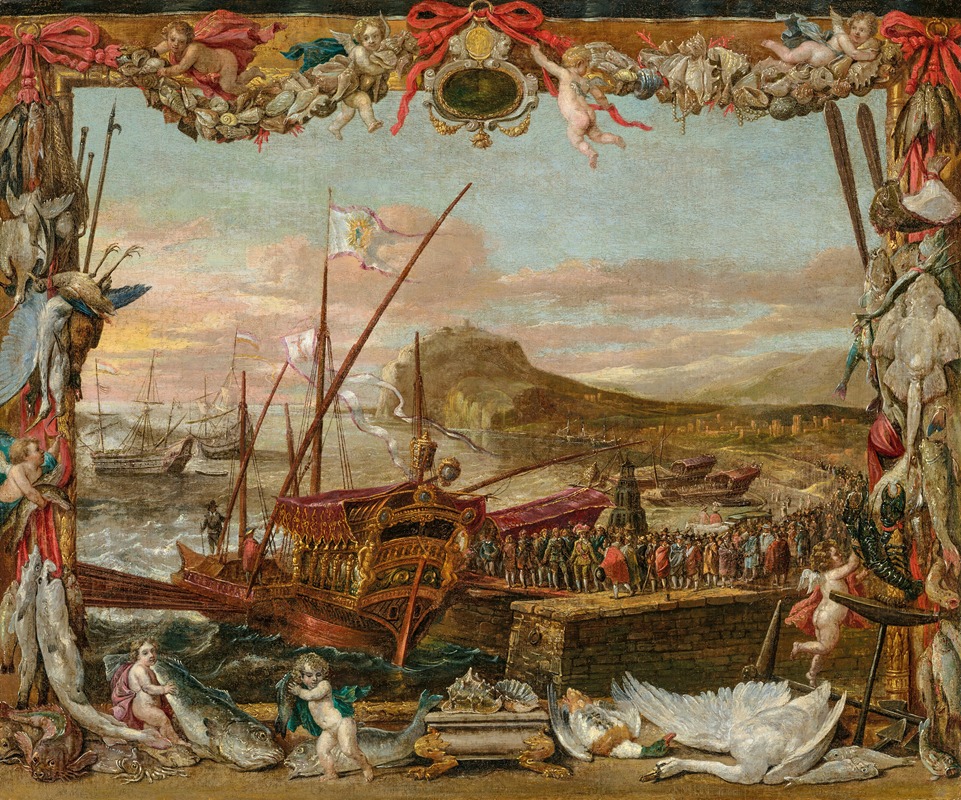
The Embarkation of Don Juan of Austria
A hand-painted replica of David Teniers The Younger’s masterpiece The Embarkation of Don Juan of Austria, meticulously crafted by professional artists to capture the true essence of the original. Each piece is created with museum-quality canvas and rare mineral pigments, carefully painted by experienced artists with delicate brushstrokes and rich, layered colors to perfectly recreate the texture of the original artwork. Unlike machine-printed reproductions, this hand-painted version brings the painting to life, infused with the artist’s emotions and skill in every stroke. Whether for personal collection or home decoration, it instantly elevates the artistic atmosphere of any space.
"The Embarkation of Don Juan of Austria" is a painting created by the Flemish artist David Teniers the Younger. Teniers, born in 1610 and deceased in 1690, was a prominent painter of the 17th century, known for his detailed and vibrant depictions of everyday life, landscapes, and historical scenes. This particular painting is one of his historical works, showcasing his ability to capture significant events with a high level of detail and realism.
The painting depicts the historical event of Don Juan of Austria's embarkation. Don Juan of Austria, born in 1547, was an illegitimate son of Holy Roman Emperor Charles V and a notable military leader. He is best known for his role in the Battle of Lepanto in 1571, where he led the Holy League fleet to a decisive victory against the Ottoman Empire. This battle was one of the most significant naval engagements of the 16th century and marked a turning point in the struggle for control of the Mediterranean.
In "The Embarkation of Don Juan of Austria," Teniers captures the moment of departure, likely referencing Don Juan's preparation for the Battle of Lepanto. The painting is characterized by its dynamic composition and the meticulous attention to detail that Teniers is known for. The scene is bustling with activity, featuring numerous figures engaged in various tasks related to the embarkation process. The artist's use of color and light enhances the sense of movement and urgency, drawing the viewer into the historical moment.
Teniers' ability to convey the grandeur and significance of the event is evident in the way he arranges the figures and elements within the composition. The central figure, presumably Don Juan, is depicted with a sense of authority and determination, surrounded by his entourage and soldiers. The ships in the background are rendered with precision, highlighting the importance of the naval aspect of the mission.
David Teniers the Younger was a master of genre painting, but he also excelled in historical subjects, as demonstrated by this work. His paintings often include a wealth of detail that provides insight into the customs, attire, and daily life of the period. "The Embarkation of Don Juan of Austria" is no exception, offering a glimpse into the preparations and atmosphere surrounding a significant military campaign.
The painting is part of the rich artistic heritage of the 17th century and reflects the broader historical and cultural context of the time. It showcases Teniers' skill in capturing both the human and material aspects of historical events, making it a valuable piece for understanding the period's art and history.
Overall, "The Embarkation of Don Juan of Austria" by David Teniers the Younger is a remarkable example of historical painting from the 17th century, illustrating the artist's talent for bringing historical moments to life with vivid detail and dynamic composition.





